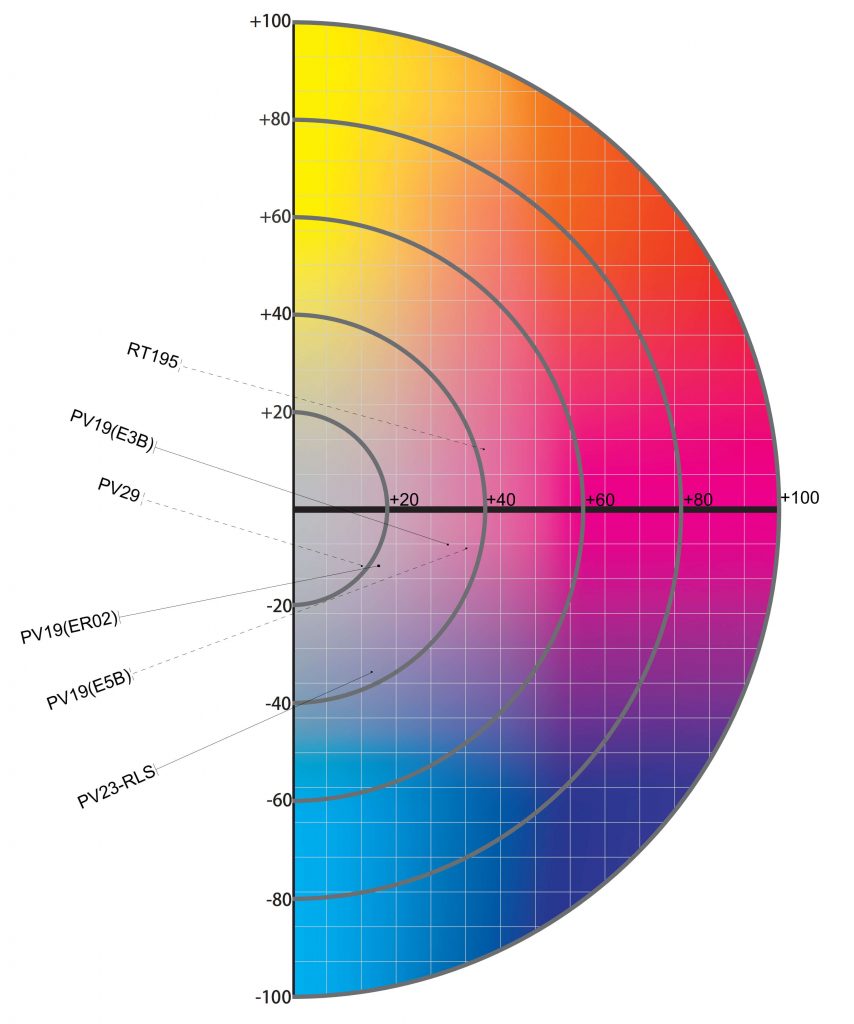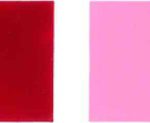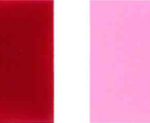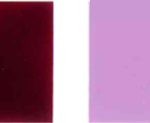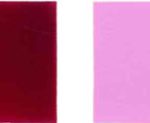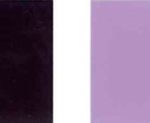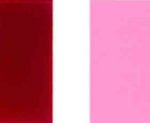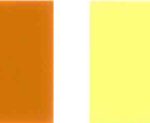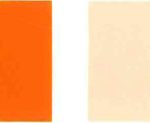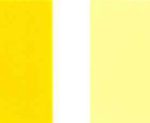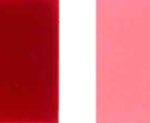Pigmentinė violetinė 23-Corimax Violet RLS
Pigment violet 23 is an organic compound that is a commercial pigment. It is member of the dioxazine family of heterocyclic compounds, but derived from carbazoles. It is prepared by condensation of chloranil and 3-amino-N-ethylcarbazole. It has a centrosymmetric angular structure. For many years, the structure was assigned, incorrectly, as having a "linear structure" (EC no. 228-767-9, CAS RN 6358-30-1) which differ in terms of the carbazole ring fusion.
Pigment violet 23 is prepared by condensation of an aniline with chloranil.[From Wiki]
Pigmentinės violetinės spalvos techniniai parametrai 23
| Spalvų rodyklė Nr. | Pigmento violetinė 23 |
| Produkto pavadinimas | „Corimax Violet RLS“ |
| Produkto kategorija | Organinis pigmentas |
| Lengvas atsparumas (danga) | 7 |
| Atsparumas karščiui (danga) | 200 |
| Lengvas (plastikinis) | 7 |
| Atsparumas karščiui (plastikas) | 250 |
Spalva | 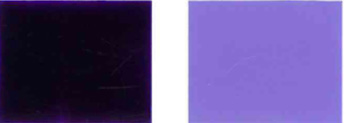 |
| Atspalvių pasiskirstymas |
Zeyachem is a global supplier of Dioxazine Violet pigments that provide a bluish violet shade, a color not obtainable by other pigments.
The extremely high color strength of Pigment violet 23 makes it a suitable pigment as a shading component. PV23 also exhibits excellent heat fastness and light fastness properties, making it suitable for inks and many paints and coatings applications.
Corimax Violet RLS is a reddish blue shade Dioxazine Violet (PV23) pigment with very high color strength and excellent overall fastness properties, suitable for inks, paints and coatings, including industrial coatings, powder coatings and automotive coatings.
Funkcijos:
low viscosity, high gloss, high color strength. Pigment Violet 23 is a transparent purple violet pigment with high saturation and tinting strength.
C.I.Pigment Violet 23 show good tinting strength in flexible PVC while poor resistance to immigration.
P.V.23 heat resistance above 230℃ in polyolefins, when used in transparent PS, temperature shall below 220℃, above this PV 23 shall decompose. When worked in polyester, it is 280℃ stable in 5 hours, while concentration shall above 0.05%.
The pigment is easy to use and requires no rinsing. To ensure maximum color intensity and proper adhesion to the pulp, a retention agent must be added to the pulp before the pigment is applied. Our pigments are supplied by volume sizes. The actual weight varies, depending upon the density of the pigment.
Taikymas :
Rekomenduojama naudoti automobilių dažams, architektūrinėms dangoms, ritinių dangoms, pramoniniams dažams, miltelinėms dangoms, spausdinimo pastams, PVC, gumai, PS, PP, PE, PU, ofsetiniams dažams, vandens pagrindu pagamintiems dažams, dažams su tirpikliu, UV dažams.
Pigment Violet 23 (PV 23) has now been around for more than 55 years. Its beginnings go back to 1928, when a patent was filed for the pigment after researchers at the Hoechst company in Germany first undertook the multistage synthesis based on carbazole, an ingredient of coaltar, and chloranile. Until the end of World War II the pigment was only used to process diamine light blue, a direct dyestuff for cotton.
With the invention of reactive dyes, which considerably simplified the dyeing and printing process for cellulose fibers, this application lost its importance. A new and promising use for PV 23 was quickly found due to the pigment’s ability to produce unique colors.
PV 23 has been used as a pigment since 1953. PV 23 belongs to the group of high-performance polycyclic pigments (HPP’s) that are used whenever the requirements for a colorant are particularly high. These include high light fastness and weather fastness, fastness to solvents, and heat stability. In addition, PV 23 stands out by its high coloring power. Under the electron microscope, the crude violet shows a highly granular crystalline form, whereas the pigment particles are miniscule.
—————————————————————————————————————————————————————————— ———————————————
Susijusi informacija
Fizinės ir cheminės savybės:
Atspalvis arba šviesiai: mėlynai violetinė
Santykinis tankis: 1,40–1,60
Tūrinis tankis ((lb / gal)): 11,7–13,3
Lydymosi temperatūra / ℃: 430–455
Vidutinis dalelių dydis / μm: 0,04–0,07
Dalelių forma: kubinė / strypas
Specifinis paviršiaus plotas / (m2 / g): 45–102
pH vertė / (10% srutos): 6.2
Produkto naudojimas:Pigmentinis violetinis 23 daugiausia naudojamas dangoms, rašalui, gumai ir plastikams dažyti, taip pat sintetiniams pluoštams dažyti.
Yra 124 rūšių komercinių formų pigmentai. Karbazoazinas yra melsvai violetinė veislė, pasižyminti stipriu ir neįprastu pavidalu, o specifinis monolito violetinės RN paviršiaus plotas yra 74m2 / g. Jis plačiai naudojamas įvairiose srityse, tokiose kaip dengimas, rašalo spausdinimas, plastiko ir audinių spausdinimas bei dažymas. Dažant dažai pasižymi dideliu atsparumu lakavimui. Jis gali būti naudojamas oro džiovinimo dažams, automobilių dažų originaliems gaminiams ir kepimo dažams, ypač latekso dažams, turintiems CuPc toną ir stipriems šviesos tonams. Jis gali būti naudojamas plastikiniams dažams, kurio atsparumas karščiui yra 280 ℃ poliolefino ir pasižymi dideliu spalvų išlaikymu (HDPE su 1 / 3SD reikia tik 0,07% pigmento koncentracijos); jis taip pat gali būti naudojamas poliesterio ir PE dažymui.
Sintezės principas: Kaip žaliava naudojamas karbazolas, o N-etilinimas atliekamas esant normaliam slėgiui, esant fazės inversijos katalizatoriui, ir, norint sintetinti 2-amino-N-etilkarbazolą, vykdoma nitravimo ir redukcijos reakcija; 3,5,6-tetrachloroparachinonas (chloranilas) kondensuojamas ir uždaromas žiedas, filtruojamas, plaunamas vandeniu ir išdžiovinamas, gaunant neapdorotą violetinį karbazolio pavidalą; galiausiai, bendras pigmentacijos gydymas minkydamas arba minkydamas, kad gautumėte CI violetinę 23.
slapyvardžiai :Pigment Violet RL; 51319; C.I. Pigment Violet 23; 8,18-Dichloro-5,15-diethyl-5,15-dihydrodiindolo(3,2-b:3',2'-m)tri- phenodioxazine; CI 51319; Diindolo(3,2-b:3',2'-m-)triphenodioxazine, 8,18-dichloro-5,15-diethyl-5,15-dihydro-; Carbazole Dioxazine Violet; Carbazole Violet; Chromofine Violet RE; Cyanadur Violet; Dioxazine Violet; Dioxazine purple; EB Violet 4B7906; EMC Violet RL 10; Fastogen Super Violet RN; Fastogen Super Violet RN-S; Fastogen Super Violet RTS; Fastogen Super Violet RVS; Helio Fast Violet BN; Heliofast Red Violet EE; Heliogen Violet; Heliogen Violet R Toner; Hostaperm Violet RL; Hostaperm Violet RL Special; Hostaperm Violet RL Special 14-4007; Lake Fast Violet RL; Lake Fast Violet RLB; Lionogen Violet R 6100; Lionogen Violet RL; Lionol Violet HR; Monolite Fast Violet R; PV Fast Violet BL; PV Fast Violet RL-SPE; Paliogen Violet 5890; Paliogen Violet L 5890; Permanent Violet; Permanent Violet R; Sandorin Violet BL; Sanyo Permanent Violet BL-D 422; Sumikacoat Fast Violet RSB; Sumitone Fast Violet RL; Sumitone Fast Violet RL 4R; Sumitone Fast Violet RLS; Symuler Fast Violet BBL; Symuler Fast Violet BBLN; Unisperse Violet B-E; Vynamon Violet 2B; 8,18-Dichloro-5,15-diethyl-5,15-dihydrodiindolo(3,2-b:3',2'-m)triphenodioxazine; Diindolo(3,2-b:3',2'-m)triphenodioxazine, 8,18-dichloro-5,15-diethyl-5,15-dihydro-; 8,18-dichloro-5,15-diethyl-5,15-dihydrocarbazolo[3',2':5,6][1,4]oxazino[2,3-b]indolo[2,3-i] phenoxazine
Molekulinė struktūra:
